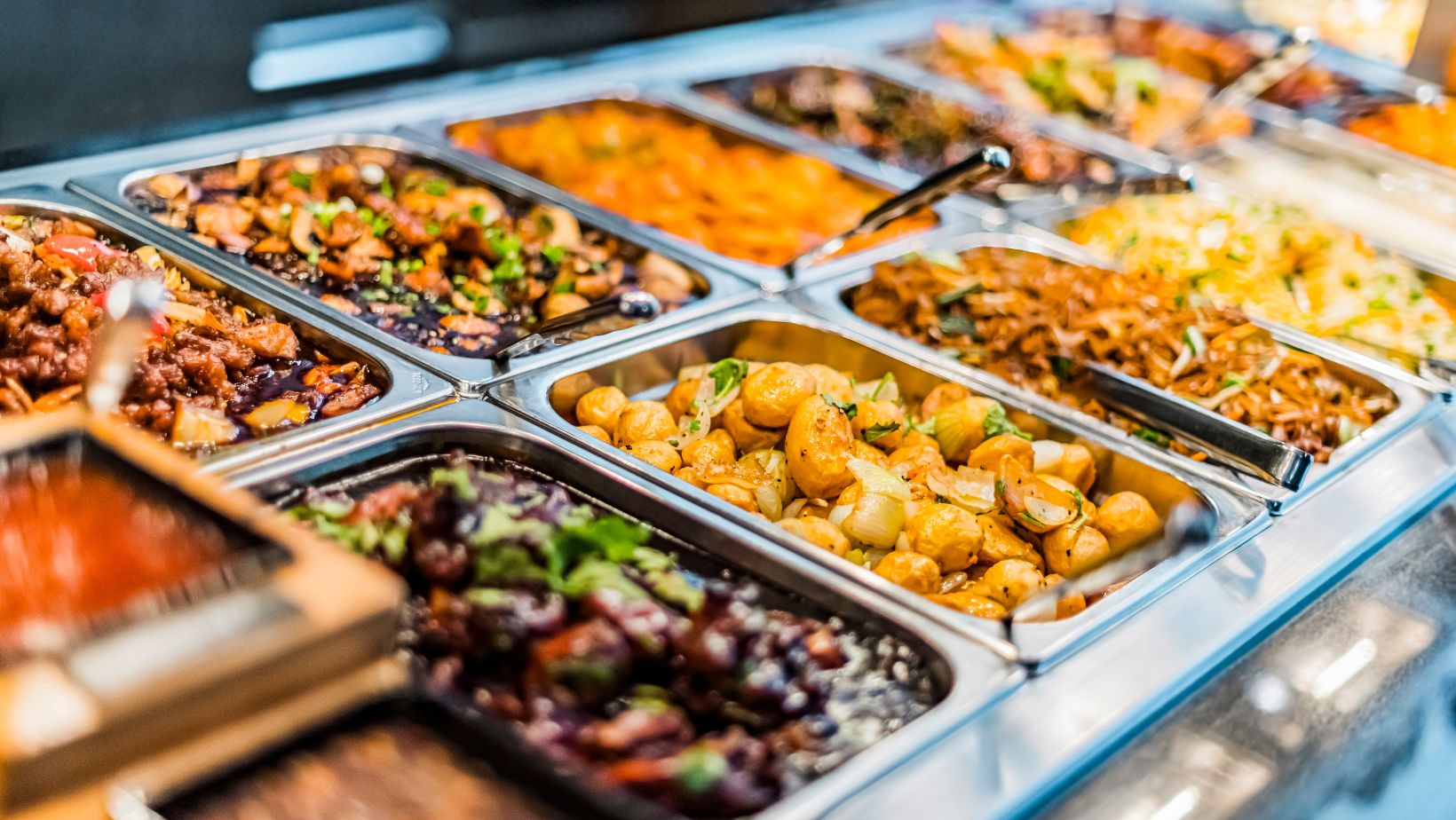Food trends are not just about what’s popular to eat, but also how we can consume food more efficiently and sustainably. Over the years, there has been a growing awareness about the environmental impact of food production and waste. As concerns about climate change and resource depletion rise, people are seeking ways to reduce their ecological footprint through smarter food choices. This has led to the rise of various trends such as plant-based diets, local sourcing, zero-waste cooking, and innovative food packaging. These trends aim to make our food systems more sustainable by encouraging mindful consumption and reducing waste. From more eco-friendly production practices to adopting plant-based ingredients, these trends represent a shift towards a future where food consumption is not only delicious but also responsible.
The Rise of Plant-Based Foods
Plant-based foods have surged in popularity in recent years, driven by growing awareness of their environmental and health benefits. This trend supports more sustainable consumption by reducing the demand for animal products, which have a higher environmental impact in terms of land use, water, and greenhouse gas emissions. By shifting to plant-based diets, individuals can significantly lower their carbon footprint while also enjoying healthier meals.
Some reasons behind the rise of plant-based foods include:
- Lower environmental impact compared to animal agriculture
- Healthier options, including more fruits, vegetables, and legumes
- Reduced water usage and land demand
- Diverse and innovative plant-based products
- Increased availability in grocery stores and restaurants
- A greater focus on ethical food choices
- Improved taste and texture of plant-based alternatives
As more people make the switch to plant-based diets, it’s becoming easier to find delicious, sustainable options. This trend not only contributes to individual health but also plays a crucial role in reducing environmental harm, making it a win-win for both consumers and the planet.
Local and Seasonal Eating
Local and seasonal eating has gained significant traction as a sustainable food trend, driven by the desire to reduce the environmental impact of food production and transportation. By sourcing food that is in season and grown locally, consumers can lower their carbon footprint, support local economies, and enjoy fresher, more nutritious options.

This approach also encourages the use of less packaging, as many local farmers offer products with minimal or no plastic waste. The convenience of shopping at local markets, as well as the growing availability of seasonal food, has made it easier than ever to adopt this practice. Additionally, consumers can take advantage of efficient storage solutions like storage spaces at NSA Storage in Monument, CO, to preserve seasonal produce for longer periods, reducing food waste. By freezing, canning, or dehydrating local produce, it’s possible to enjoy the flavors of the season year-round. This not only helps reduce waste but also allows individuals to support sustainable food systems by focusing on what is available in their own communities. Local and seasonal eating benefits both the environment and individuals by providing fresher, healthier food options, while also encouraging responsible food consumption practices.
Note: The tradition of eating locally and seasonally has been practiced for centuries, with early agricultural societies relying on seasonal harvests to meet their dietary needs. In modern times, this practice is making a resurgence as people recognize its environmental and health benefits.
Zero-Waste Cooking Trends
Zero-waste cooking is a growing trend that emphasizes minimizing food waste by using every part of the ingredients and finding creative ways to reduce trash in the kitchen. This approach encourages people to rethink how they use food, focusing on using scraps and leftovers instead of throwing them away. For example, vegetable stems and peels can be turned into broths, and fruit cores can be used for smoothies. The idea is to make the most of every ingredient by repurposing items that would typically be discarded. Zero-waste cooking also encourages buying in bulk to reduce packaging waste and using reusable containers instead of single-use plastic bags. By planning meals more carefully and adopting mindful cooking practices, individuals can significantly reduce their environmental impact while enjoying fresh, home-cooked meals. This trend is closely tied to sustainability and helps shift the mindset of consumers to focus on responsible consumption, rather than just convenience. Zero-waste cooking not only benefits the planet by reducing waste but also helps save money by making the most of every purchase. As more people adopt this practice, it’s clear that zero-waste cooking is an essential component of a more sustainable and efficient food system.
Sustainable Packaging Solutions
Sustainable packaging has become a crucial part of the food industry’s shift toward more efficient and environmentally friendly practices. As consumers increasingly demand eco-friendly products, companies are responding by adopting packaging solutions that reduce waste and lower their carbon footprint. Some of the most effective sustainable packaging solutions include biodegradable materials, reusable containers, and minimalistic designs that use fewer resources. By choosing packaging that is either compostable or recyclable, businesses can significantly cut down on the amount of plastic waste that ends up in landfills. Furthermore, packaging that serves multiple purposes, like jars or containers that can be reused for other household needs, reduces the overall demand for single-use items. Another key aspect of sustainable packaging is the focus on reducing the size of packaging, which helps minimize the materials used and lowers transportation costs. This approach also encourages efficient storage and shipping, reducing carbon emissions from transport. As sustainable packaging continues to evolve, it plays a key role in driving sustainable consumption and supporting a circular economy. Consumers can now make more informed choices by selecting products with packaging that aligns with their environmental values, knowing that their decisions contribute to a healthier planet.
In addition to using eco-friendly materials, many businesses are turning to custom food packaging to enhance both sustainability and brand appeal. Tailored packaging solutions not only reduce excess waste by fitting products more precisely but also allow companies to communicate their environmental commitment through thoughtful design. This balance between functionality and branding makes custom food packaging a smart choice for eco-conscious food businesses.

Insight: Sustainable packaging is not just a trend; it’s an essential shift in the way we approach consumption. By choosing packaging that is both efficient and environmentally friendly, we help reduce waste and contribute to a more sustainable future. This simple change in the way products are packaged can have a lasting impact on the environment.
Tech-Driven Food Innovations
Technology is playing a key role in driving sustainable food consumption. Innovations like vertical farming, lab-grown meat, and precision agriculture help reduce waste and improve food production efficiency. These technologies minimize resource use, such as water and land, while increasing food availability. As these innovations become more mainstream, they have the potential to reshape how we produce, consume, and waste food, making it easier to feed the growing global population while protecting the environment.
Creating a Sustainable Future
The future of food trends is focused on sustainability, efficiency, and reducing waste. As more consumers demand eco-friendly options, the food industry continues to innovate with plant-based foods, sustainable packaging, and zero-waste practices. These trends not only help minimize environmental impact but also encourage more mindful consumption. By embracing these changes, we can build a more sustainable food system that meets the needs of future generations without compromising the planet’s health.



























































